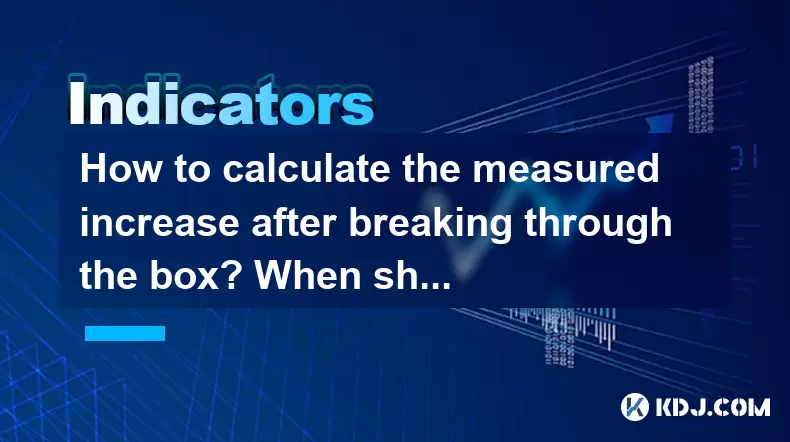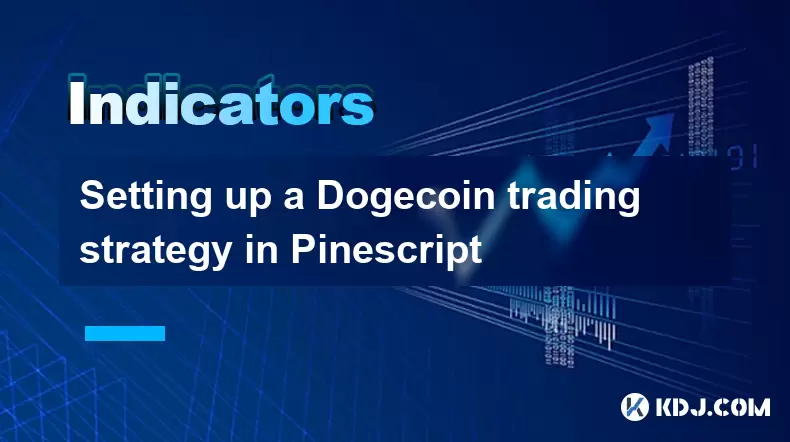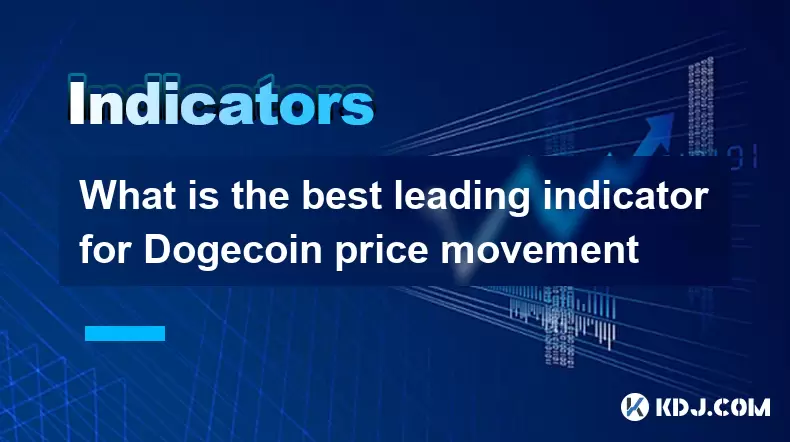-
 Bitcoin
Bitcoin $108,641.9143
0.44% -
 Ethereum
Ethereum $2,539.5956
0.97% -
 Tether USDt
Tether USDt $1.0007
0.04% -
 XRP
XRP $2.2777
2.50% -
 BNB
BNB $660.2073
0.79% -
 Solana
Solana $151.1059
2.08% -
 USDC
USDC $1.0004
0.05% -
 TRON
TRON $0.2838
-0.03% -
 Dogecoin
Dogecoin $0.1698
3.57% -
 Cardano
Cardano $0.5835
1.74% -
 Hyperliquid
Hyperliquid $39.4787
0.07% -
 Sui
Sui $2.9330
1.09% -
 Bitcoin Cash
Bitcoin Cash $489.1023
1.31% -
 Chainlink
Chainlink $13.3775
1.61% -
 UNUS SED LEO
UNUS SED LEO $9.0201
-0.04% -
 Avalanche
Avalanche $18.2176
2.06% -
 Stellar
Stellar $0.2417
1.98% -
 Toncoin
Toncoin $2.9355
7.33% -
 Shiba Inu
Shiba Inu $0.0...01181
3.23% -
 Litecoin
Litecoin $87.9775
1.54% -
 Hedera
Hedera $0.1569
1.54% -
 Monero
Monero $316.0995
1.13% -
 Polkadot
Polkadot $3.3970
1.36% -
 Dai
Dai $1.0002
0.02% -
 Ethena USDe
Ethena USDe $1.0002
0.00% -
 Bitget Token
Bitget Token $4.4094
0.33% -
 Uniswap
Uniswap $7.4035
6.32% -
 Pepe
Pepe $0.0...01016
4.88% -
 Aave
Aave $275.5935
1.55% -
 Pi
Pi $0.4565
-0.89%
How to calculate the measured increase after breaking through the box? When should I take profits?
A breakout from a crypto consolidation zone signals potential trend continuation, with the measured move projecting targets based on the box height.
Jul 02, 2025 at 05:00 am

Understanding the Breakout from a Trading Box
In cryptocurrency trading, a breakout from a box (or consolidation zone) refers to a situation where the price of an asset moves decisively outside of a well-defined range. This movement typically signals a potential continuation or reversal of the existing trend. Traders often use this pattern to anticipate future price movements and plan their entries or exits accordingly.
A measured move calculation is commonly used after such a breakout to estimate how far the price might travel in the direction of the breakout. The height of the box itself is used as a projection tool for setting profit targets.
How to Measure the Height of the Consolidation Zone
Before calculating the projected move, you must first define the box boundaries accurately. These are usually formed by horizontal support and resistance levels that have been tested multiple times without a clear directional break.
- Identify the highest high and lowest low within the consolidation phase.
- Calculate the difference between these two values — this is the height of the box.
- For example, if Bitcoin consolidates between $28,000 and $30,000, the height of the box would be $2,000.
This measurement becomes crucial when projecting where the price might go after breaking out.
Projecting the Measured Move After a Breakout
Once the breakout occurs, whether to the upside or downside, the measured move theory suggests that the price will likely travel a distance equal to the height of the box from the breakout point.
- If the price breaks above $30,000 in the previous example, the target would be calculated as:
Breakout level ($30,000) + box height ($2,000) = $32,000 - Conversely, if the price breaks below $28,000, the target would be:
Breakout level ($28,000) - box height ($2,000) = $26,000
It’s important to note that this method works best on higher timeframes like the 4-hour or daily chart, where consolidation patterns tend to be more reliable.
Determining When to Take Profits
Profit-taking should not rely solely on projected targets. While the measured move gives a general idea of where the price might go, market conditions, volume, and momentum can all influence how far a move actually goes.
Here are key considerations:
- Monitor volume during the breakout: A strong breakout usually comes with increased volume, indicating conviction behind the move.
- Watch for overextension: Use tools like the Relative Strength Index (RSI) or Moving Average ribbons to check if the asset is overbought or oversold near the target.
- Trail your stop-loss: As the price approaches the target, consider trailing your stop to lock in profits incrementally.
- Look for rejection candles: Near the projected target, watch for candlestick patterns like shooting stars, hammers, or engulfing patterns that may signal exhaustion.
These techniques help traders avoid exiting too early or holding too long into a reversal.
Practical Example Using a Crypto Chart
Let’s take Ethereum as an example. Suppose ETH has been trading between $1,700 and $1,900 for several days, forming a tight consolidation box.
- The box height is $200.
- The price then breaks out above $1,900 with strong volume.
- Applying the measured move formula:
$1,900 (breakout level) + $200 (box height) = $2,100.
As the price approaches $2,100, you notice the RSI is approaching 75 (overbought), and there’s a bearish pin bar forming at that level. This could be a good opportunity to start taking partial profits or close the position entirely.
If the price continues beyond $2,100, it may indicate stronger momentum, but caution should still be exercised.
Frequently Asked Questions
What if the breakout doesn’t reach the full measured move?
It’s common for price action to fall short of the projected target. In such cases, using trailing stops or scaling out of positions helps manage risk while capturing gains along the way.
Can I apply this strategy on lower timeframes like 15-minute charts?
Yes, but keep in mind that lower timeframes are more prone to false breakouts and noise. It’s generally safer to confirm the pattern on a higher timeframe before acting.
Should I always wait for a retest after the breakout before entering?
Not necessarily. Some traders prefer to enter immediately on the breakout candle close, while others wait for a retest of the broken level as new support or resistance. Both methods have pros and cons depending on volatility and liquidity.
How do I differentiate between a real breakout and a fakeout?
Fakeouts occur when the price briefly breaks out but quickly reverses. Confirming with volume, candlestick structure, and multi-timeframe analysis helps distinguish genuine breakouts from false ones.
Disclaimer:info@kdj.com
The information provided is not trading advice. kdj.com does not assume any responsibility for any investments made based on the information provided in this article. Cryptocurrencies are highly volatile and it is highly recommended that you invest with caution after thorough research!
If you believe that the content used on this website infringes your copyright, please contact us immediately (info@kdj.com) and we will delete it promptly.
- Litecoin Breakout Watch: What Traders Need to Know Now
- 2025-07-06 16:50:13
- Bitcoin, Solana, Ethereum: Decoding the Latest Buzz on the Blockchain
- 2025-07-06 16:50:13
- Widnes Resident's 50p Could Be Your Ticket to Easy Street: Rare Coin Mania!
- 2025-07-06 16:55:13
- Bitcoin, Solaris Presale, and Token Rewards: What's the Buzz?
- 2025-07-06 16:55:13
- Ethereum Under Pressure: Price Drop Amid Global Uncertainties
- 2025-07-06 17:00:13
- XRP, SEC Case, and Prosperity: A New Era for XRP Holders?
- 2025-07-06 17:10:13
Related knowledge

How to spot manipulation on the Dogecoin chart
Jul 06,2025 at 12:35pm
Understanding the Basics of Chart ManipulationChart manipulation in the cryptocurrency space, particularly with Dogecoin, refers to artificial price movements caused by coordinated trading activities rather than genuine market demand. These manipulations are often executed by large holders (commonly known as whales) or organized groups aiming to mislead...

What is the significance of a Dogecoin engulfing candle pattern
Jul 06,2025 at 06:36am
Understanding the Engulfing Candle Pattern in CryptocurrencyThe engulfing candle pattern is a significant technical analysis tool used by traders to identify potential trend reversals in financial markets, including cryptocurrencies like Dogecoin. This pattern typically consists of two candles: the first one is relatively small and indicates the current...

Dogecoin monthly chart analysis for long term investors
Jul 06,2025 at 10:08am
Understanding the Dogecoin Monthly ChartFor long-term investors, analyzing the monthly chart of Dogecoin (DOGE) provides a macro view of its price behavior over extended periods. The monthly chart captures major trends, key resistance and support levels, and potential reversal zones that are crucial for strategic investment planning. Unlike daily or hou...

How to manage risk using ATR on Dogecoin
Jul 06,2025 at 02:35am
Understanding ATR in Cryptocurrency TradingThe Average True Range (ATR) is a technical indicator used to measure market volatility. Originally developed for commodities, it has found widespread use in cryptocurrency trading due to the high volatility inherent in digital assets like Dogecoin (DOGE). The ATR calculates the average range of price movement ...

Setting up a Dogecoin trading strategy in Pinescript
Jul 06,2025 at 05:00pm
Understanding Dogecoin and Its Place in the Cryptocurrency MarketDogecoin (DOGE) is a decentralized, peer-to-peer cryptocurrency that was initially created as a joke but has since gained significant traction in the crypto market. Despite its humorous origins, Dogecoin has been adopted by a large community and supported by notable figures such as Elon Mu...

What is the best leading indicator for Dogecoin price movement
Jul 06,2025 at 06:00pm
Understanding Leading Indicators in CryptocurrencyIn the world of cryptocurrency trading, leading indicators play a crucial role in forecasting price movements before they occur. These tools are used by traders to anticipate potential market changes and make informed decisions. For Dogecoin (DOGE), which is known for its volatile nature and strong commu...

How to spot manipulation on the Dogecoin chart
Jul 06,2025 at 12:35pm
Understanding the Basics of Chart ManipulationChart manipulation in the cryptocurrency space, particularly with Dogecoin, refers to artificial price movements caused by coordinated trading activities rather than genuine market demand. These manipulations are often executed by large holders (commonly known as whales) or organized groups aiming to mislead...

What is the significance of a Dogecoin engulfing candle pattern
Jul 06,2025 at 06:36am
Understanding the Engulfing Candle Pattern in CryptocurrencyThe engulfing candle pattern is a significant technical analysis tool used by traders to identify potential trend reversals in financial markets, including cryptocurrencies like Dogecoin. This pattern typically consists of two candles: the first one is relatively small and indicates the current...

Dogecoin monthly chart analysis for long term investors
Jul 06,2025 at 10:08am
Understanding the Dogecoin Monthly ChartFor long-term investors, analyzing the monthly chart of Dogecoin (DOGE) provides a macro view of its price behavior over extended periods. The monthly chart captures major trends, key resistance and support levels, and potential reversal zones that are crucial for strategic investment planning. Unlike daily or hou...

How to manage risk using ATR on Dogecoin
Jul 06,2025 at 02:35am
Understanding ATR in Cryptocurrency TradingThe Average True Range (ATR) is a technical indicator used to measure market volatility. Originally developed for commodities, it has found widespread use in cryptocurrency trading due to the high volatility inherent in digital assets like Dogecoin (DOGE). The ATR calculates the average range of price movement ...

Setting up a Dogecoin trading strategy in Pinescript
Jul 06,2025 at 05:00pm
Understanding Dogecoin and Its Place in the Cryptocurrency MarketDogecoin (DOGE) is a decentralized, peer-to-peer cryptocurrency that was initially created as a joke but has since gained significant traction in the crypto market. Despite its humorous origins, Dogecoin has been adopted by a large community and supported by notable figures such as Elon Mu...

What is the best leading indicator for Dogecoin price movement
Jul 06,2025 at 06:00pm
Understanding Leading Indicators in CryptocurrencyIn the world of cryptocurrency trading, leading indicators play a crucial role in forecasting price movements before they occur. These tools are used by traders to anticipate potential market changes and make informed decisions. For Dogecoin (DOGE), which is known for its volatile nature and strong commu...
See all articles

























































































